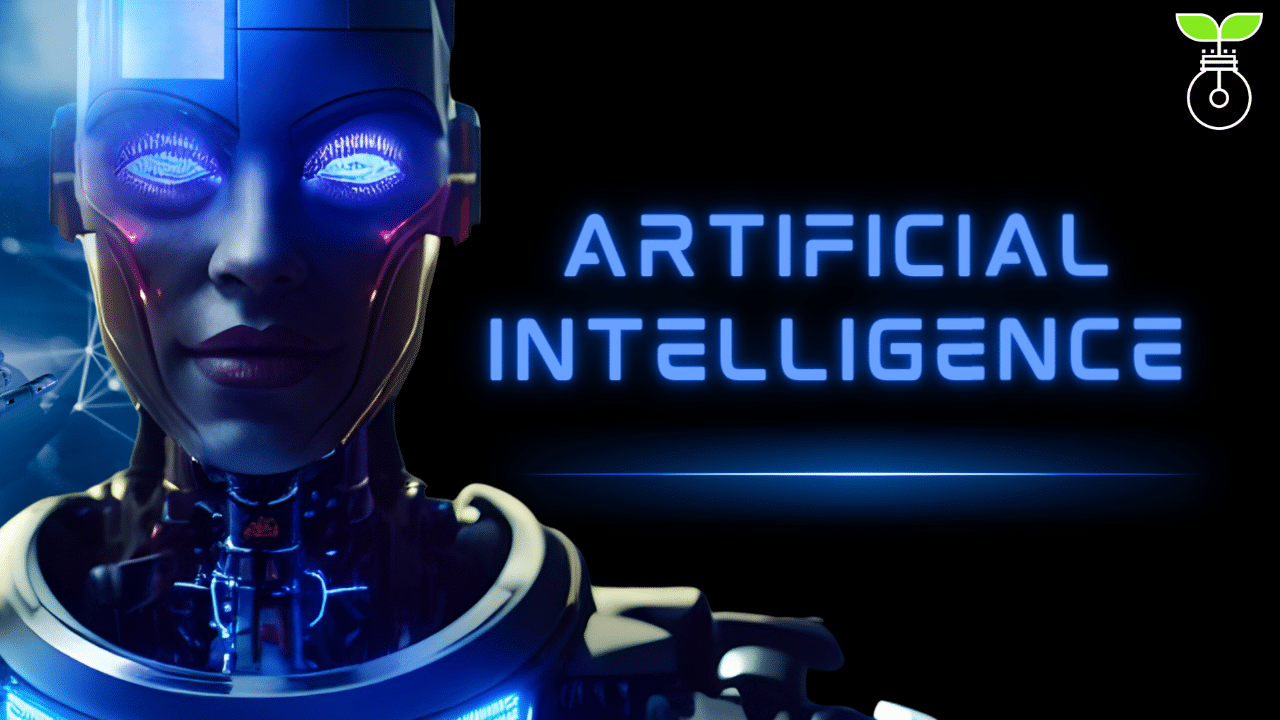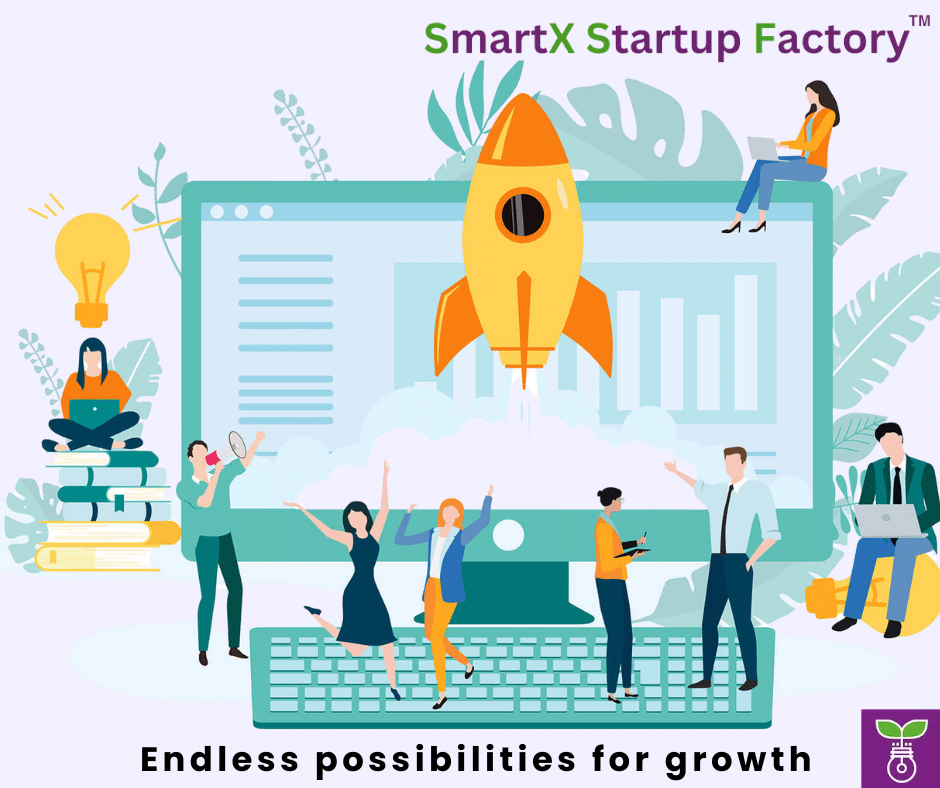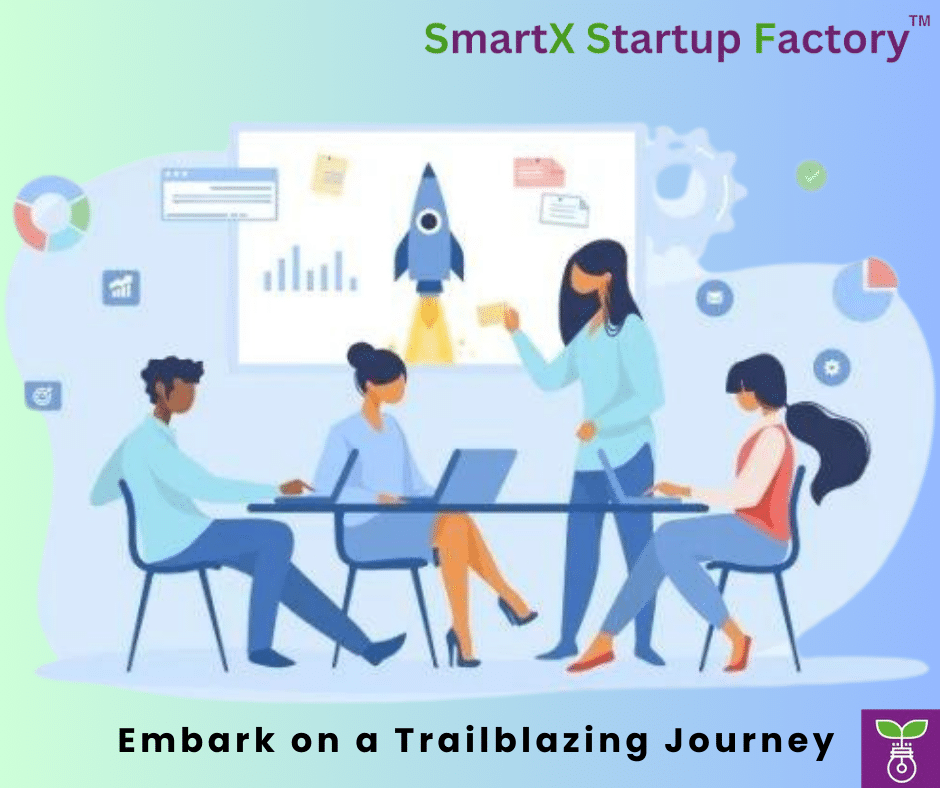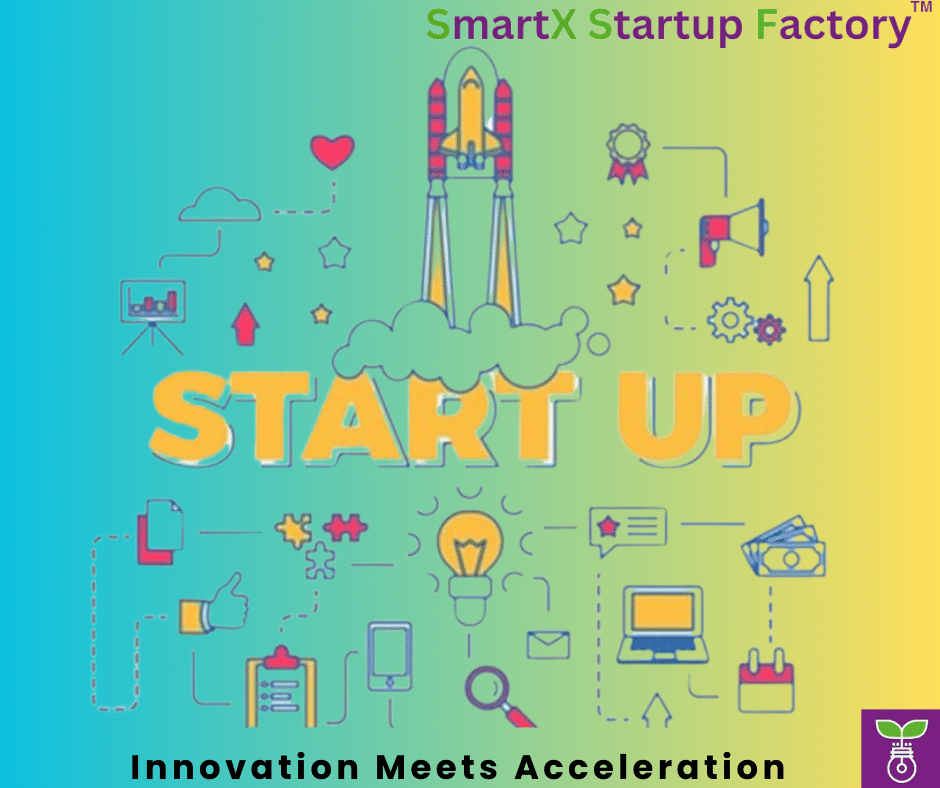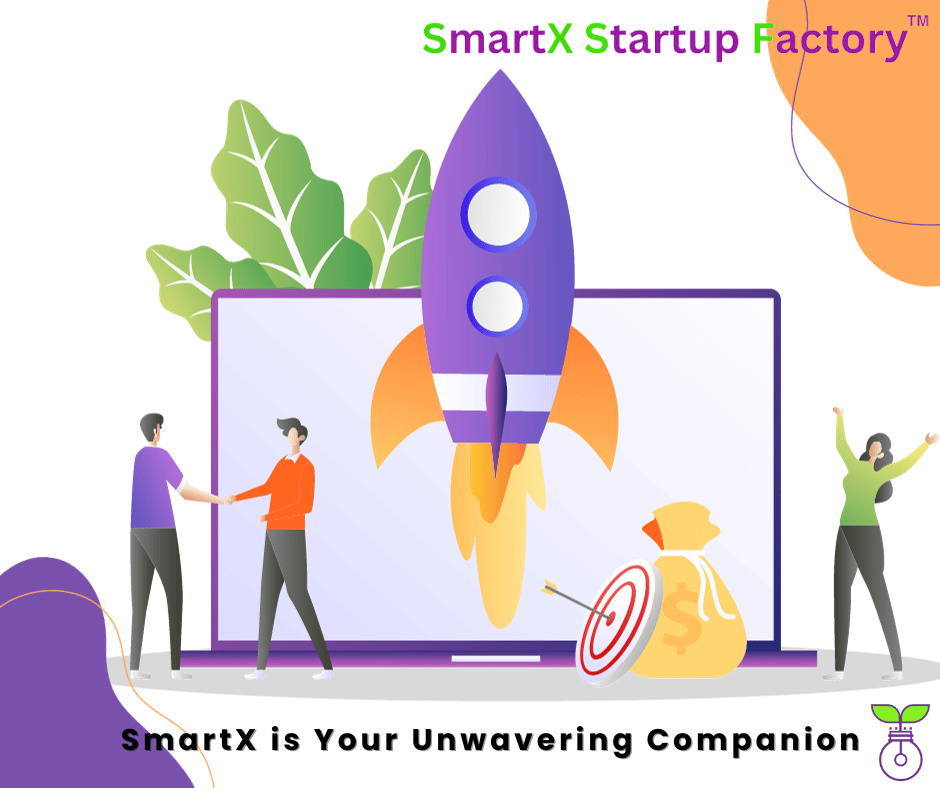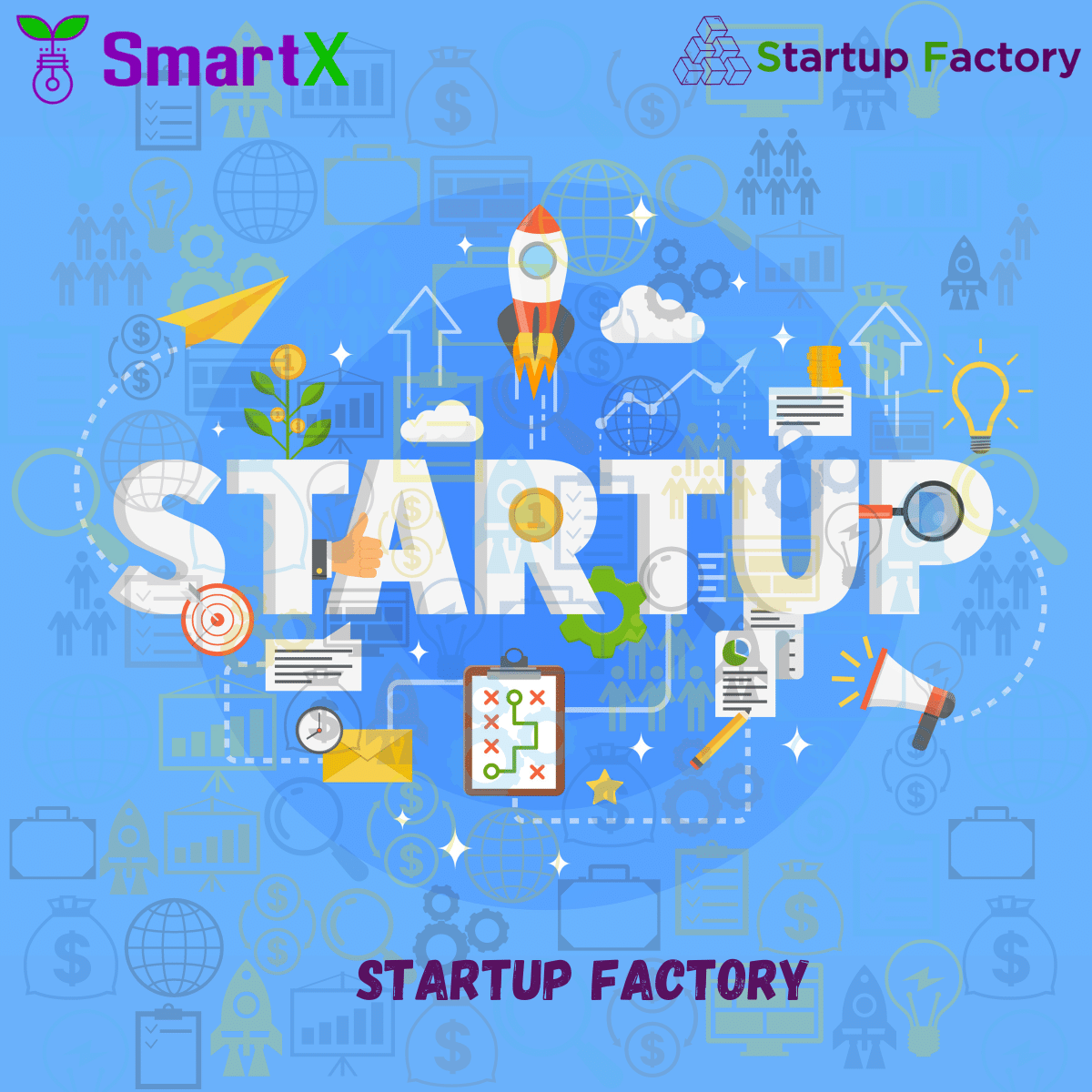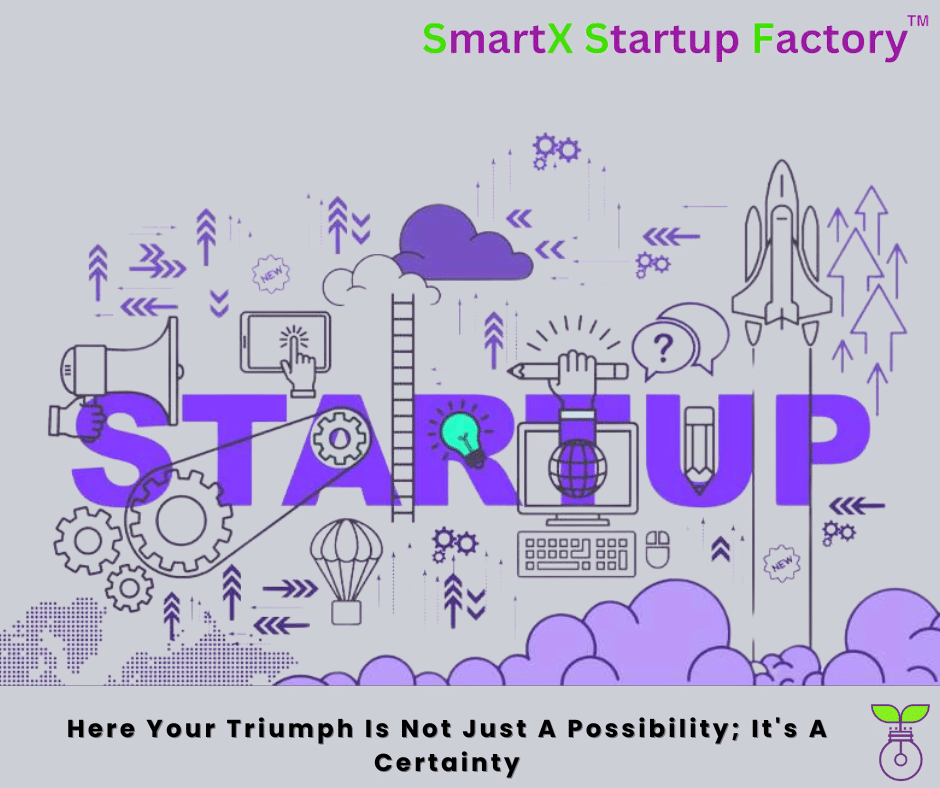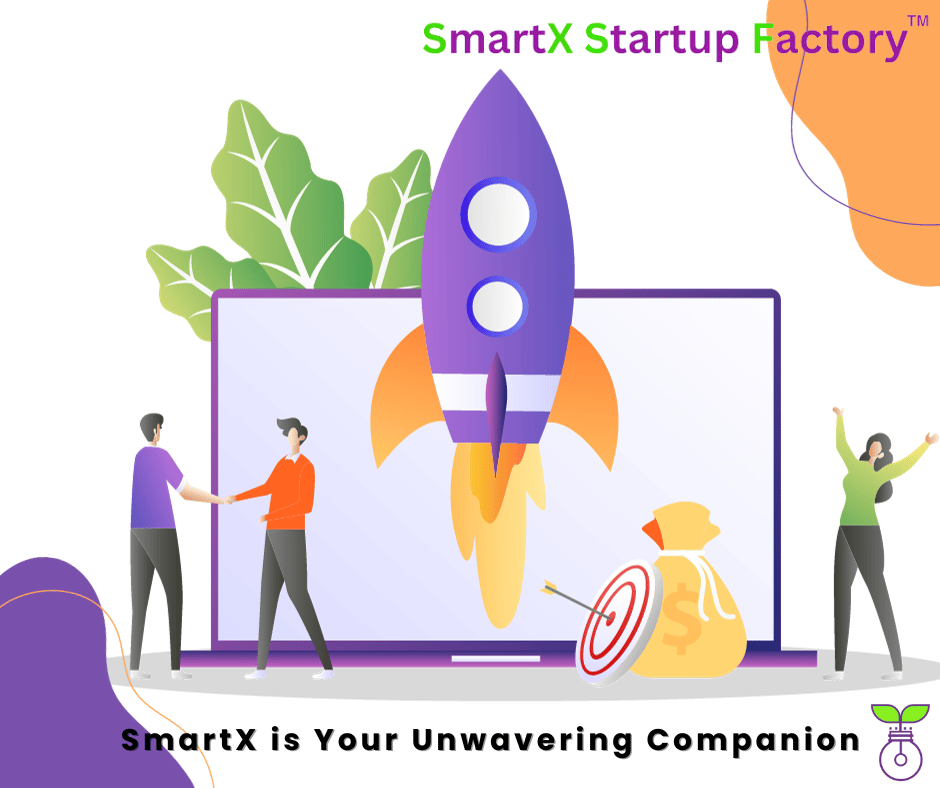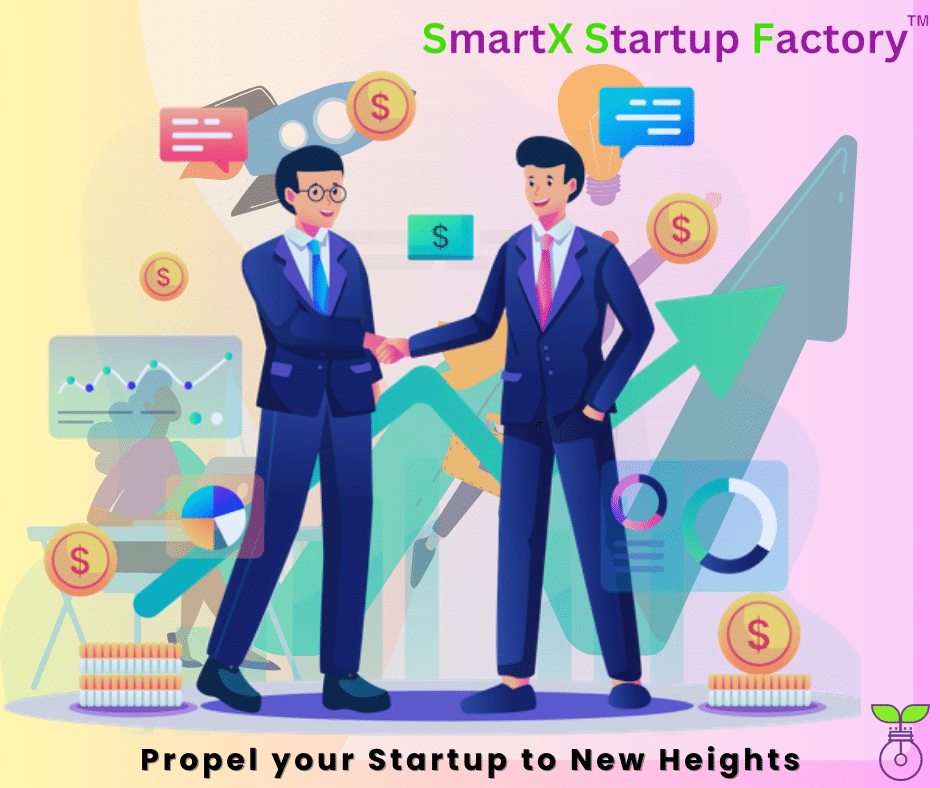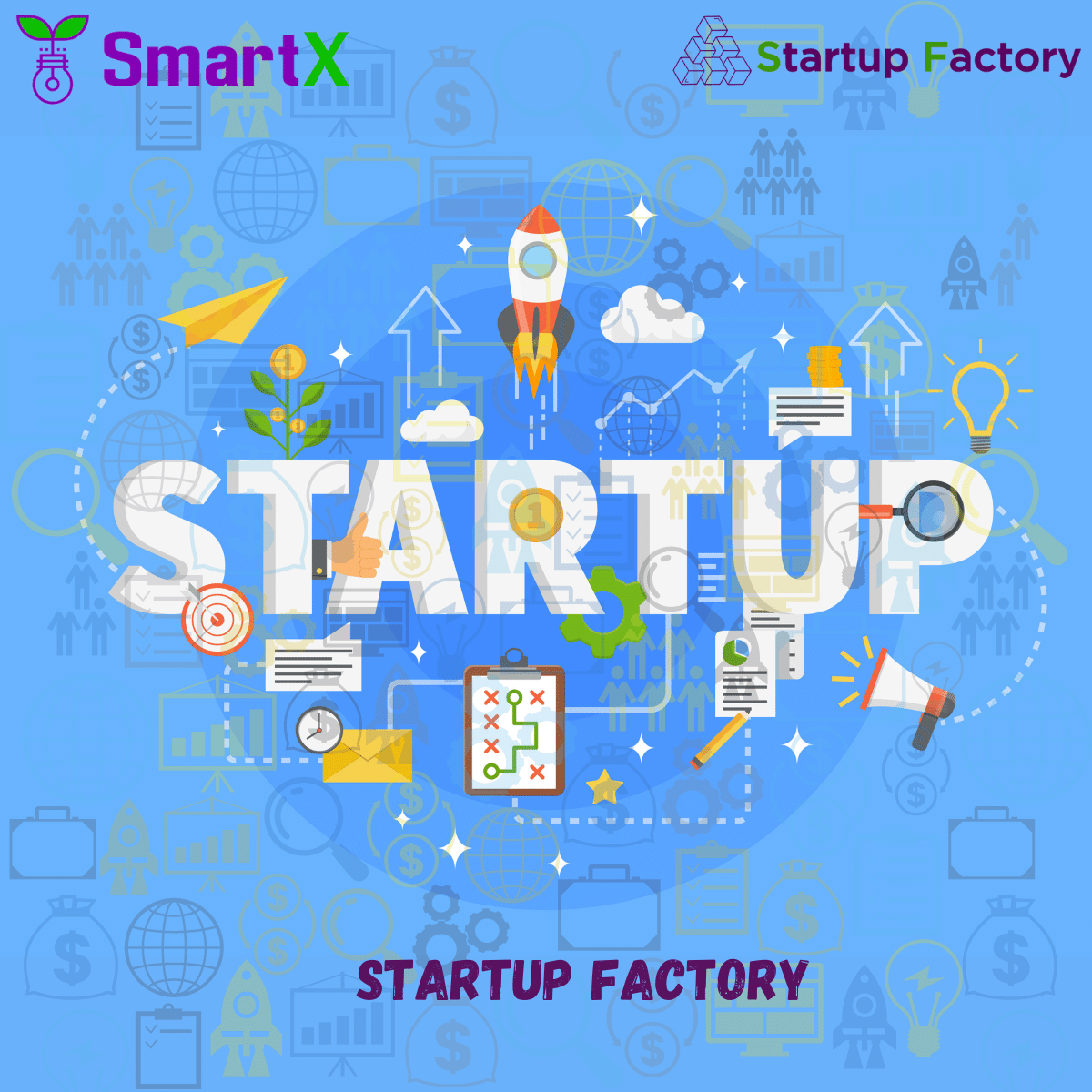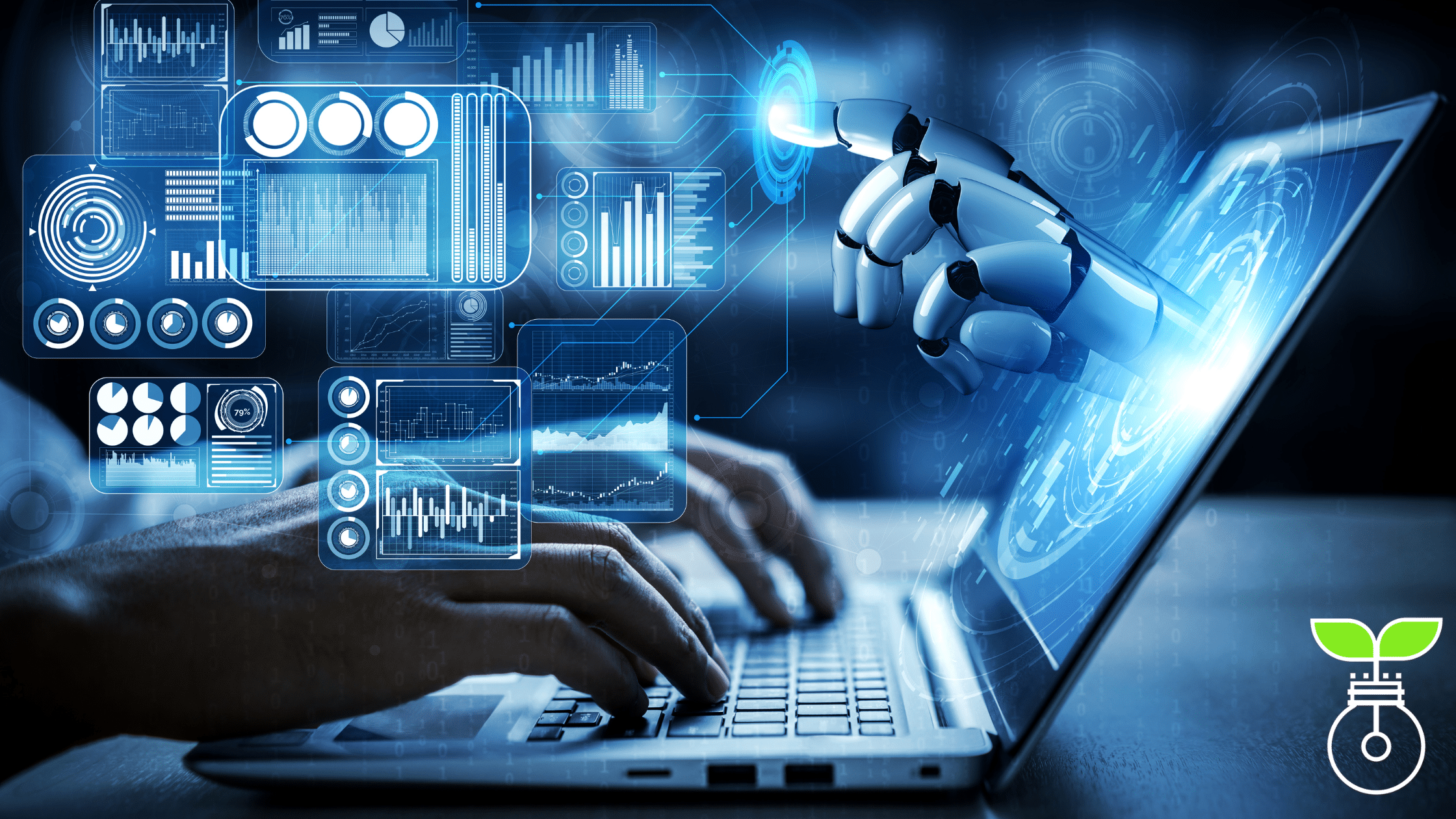Overcoming Common Misconceptions: What Gen AI Can and Can't Do
Gen AI, also known as Generative Artificial Intelligence, is a rapidly developing field that has garnered much attention and speculation in recent years. However, with this attention comes a plethora of misconceptions about what Gen AI is capable of. Many believe it is a near-omnipotent entity that can solve all of humanity’s problems and even surpass human intelligence. While Gen AI does have the potential to greatly enhance our lives, it is essential to understand that it is not a cure-all solution. Gen AI is limited by the data and programming it is given and incapable of emotions or creativity. It is crucial to dispel these misconceptions to have a realistic understanding of the potential and limitations of Gen AI.
In the preceding blog entry, we read about customizing gen AI and tailoring AI models to your specific needs. Presently, in this subsequent blog, we shall embark upon the exploration of Overcoming Common Misconceptions: What Gen AI Can and Can’t Do. Should you have not perused our antecedent blog, kindly access it by clicking here.
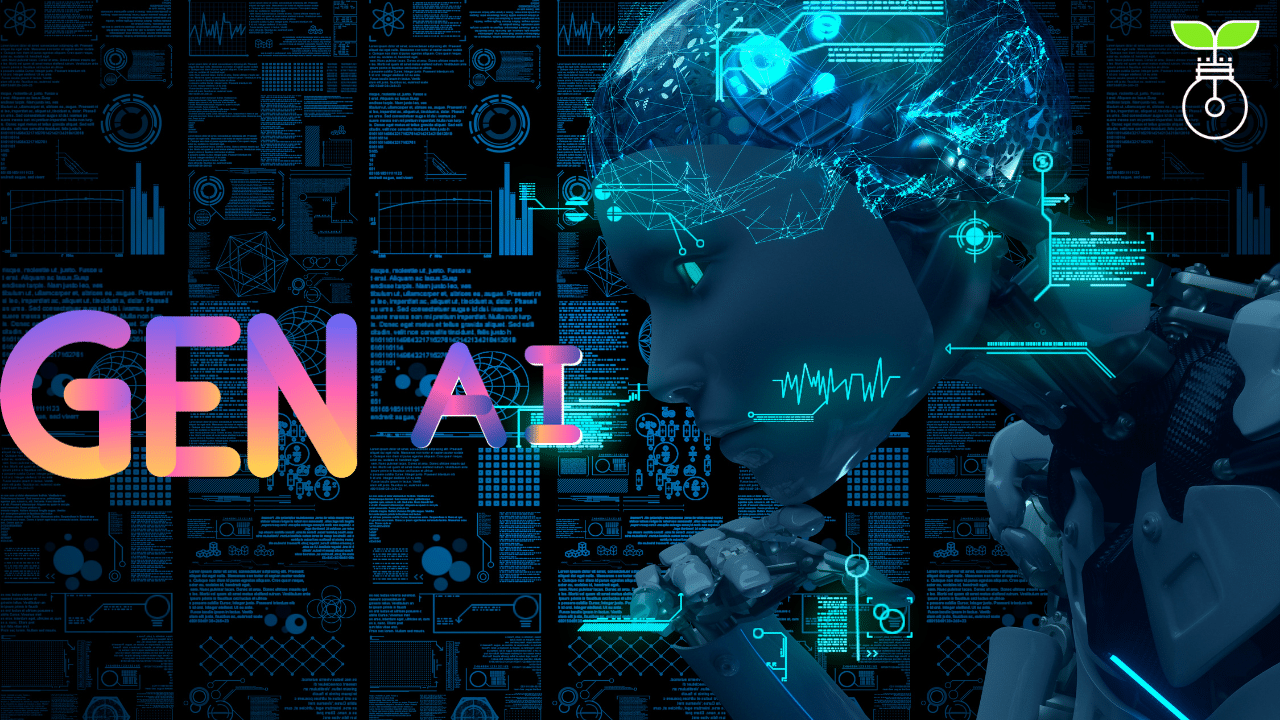
Introduction:
As artificial intelligence (AI) continues to advance and become integrated into various industries and aspects of our daily lives, there has been a rise in misconceptions and myths surrounding its capabilities. One of the most prevalent misconceptions is the idea of “Gen AI” – a super-intelligent, all-knowing technology that will surpass human intelligence and potentially pose a threat to humanity. This fear has been perpetuated by media and entertainment, painting a picture of a dystopian future where AI rules over humans. However, the reality is far from this extreme scenario.
While AI has made remarkable progress in recent years, it still has its limitations and can only perform tasks that it has been programmed for. In this article, we will dive into the common misconceptions surrounding Gen AI and explore what AI can and can’t do, debunking some of the fears and providing a more realistic understanding of this rapidly advancing technology. By understanding its capabilities and limitations, we can better embrace and utilize AI for the betterment of society.
Gen AI: debunking false assumptions
Abilities and limitations, we can better prepare for the future and harness the potential of AI responsibly and beneficially.
One common misconception about Gen AI is that it possesses human-like intelligence and consciousness. However, the truth is that AI is designed to mimic human intelligence, but it does not have emotions, consciousness, or the ability to think critically and creatively as humans do. AI operates based on algorithms and data, analyzing patterns and making decisions based on pre-defined rules. While AI can process vast amounts of information quickly and accurately, it cannot understand context, make subjective judgments, or possess common sense reasoning. Therefore, it is important to recognize that AI is a tool created by humans to assist and enhance our abilities, rather than a replacement for human intelligence.
False Assumptions of Gen AI
- Can understand all human emotions and intentions
- Will take over the world and replace human workers
- Is infallible and makes no errors
- Can accurately predict future outcomes without any input
- Can fully replicate human creativity and original thought
- Only benefits or harms society as a whole, not individuals
The potential and limitations
The potential of AI is indeed vast and exciting. It can analyze massive amounts of data in a fraction of the time it would take a human, allowing for more efficient decision-making in various industries. For example, AI can be used in healthcare to assist doctors in diagnosing diseases, in transportation to improve traffic management, and in agriculture to optimize crop yields. Additionally, AI-powered virtual assistants like Siri and Alexa have become popular tools for everyday tasks such as setting reminders, playing music, or answering simple questions. AI also has the potential to enhance education by providing personalized learning experiences tailored to each student’s needs.
However, it is important to note that AI has its limitations. While it can process data at lightning speed, it lacks human-like reasoning and critical thinking abilities. AI systems can only operate within the boundaries of their programming and are unable to think creatively or make decisions based on emotions. Furthermore, AI is not capable of consciousness or self-awareness. It simply follows algorithms and instructions to perform tasks, without having a true understanding of the world. These limitations mean that AI cannot replace human judgment and intuition in complex situations that require empathy, morality, or subjective decision-making. It is crucial to understand that AI is a tool that complements human intelligence, rather than a replacement for it.
Potential and Limitations
- Adaptive learning capabilities
- Limited emotional intelligence
- Ability to process large amounts of data
- Difficulty with abstract or creative thinking
- Capacity for repetitive tasks and data analysis
- Struggle with social interactions and empathy
Clearing up misunderstandings
One common misunderstanding about AI, especially Gen AI, is that it can think and reason like a human. While AI has made significant strides in mimicking human cognitive abilities, it still lacks the critical thinking and creativity that humans possess. AI is designed to process large amounts of data and make predictions or recommendations based on patterns it has learned. However, it cannot understand context, make nuanced decisions, or think abstractly like humans do. AI operates within the boundaries of its programming and can only provide solutions or responses that it has been specifically trained for.
Another misconception is the fear that AI will replace human jobs and render people unemployed. While it is true that AI has the potential to automate certain tasks and streamline processes, it is unlikely to completely replace human workers. AI is meant to augment human capabilities, not replace them. In many industries, AI is used to handle repetitive or mundane tasks, freeing humans to focus on more complex and creative endeavors. Additionally, AI requires human oversight and intervention to ensure accuracy and ethical considerations are met.
It is important to separate fact from fiction when it comes to AI, particularly the concept of Gen AI. While AI has made tremendous progress and has the potential to revolutionize various industries, it still has limitations and is not on the verge of surpassing human intelligence. It is crucial to have a realistic understanding of AI’s capabilities and recognize its role as a tool that complements human expertise rather than a replacement for human workers.
Misunderstanding Clarifications
- AI can’t replace human creativity and emotion.
- AI is not necessarily biased; it learns from data.
- AI is not a threat to human jobs; it creates new opportunities.
- AI can’t make ethical decisions; it follows programmed rules.
- AI is not a substitute for human interaction and empathy.
- AI is not infallible; it can make mistakes and require human oversight.
Gen AI: more than just technology
Gen AI, or General Artificial Intelligence, is often imagined as a highly intelligent and autonomous technology that can think and reason like a human being. However, this is not quite the case. While AI has made impressive strides in recent years, it cannot still truly understand and comprehend the world in the same way that humans do. AI relies on algorithms and data to process information and make predictions, but it does not possess the same level of critical thinking, creativity, and emotional intelligence as humans.
One important thing to understand is that AI can only perform tasks that it has been programmed for. It cannot think outside of its programmed parameters or adapt to new situations on its own. For example, while AI can be trained to recognize images of cats and dogs, it cannot understand the concept of a cat or a dog in the same way that a human can. It simply recognizes patterns and makes predictions based on those patterns.
Furthermore, AI is not likely to replace human jobs. Instead, it is more commonly used to augment human capabilities and improve efficiency in various industries. For example, in healthcare, AI can help doctors analyze medical images and identify potential issues, but it cannot replace the expertise and empathy of a human doctor.
Gen AI is not the all-powerful, super-intelligent technology that it is often portrayed to be. While AI has its strengths and can perform certain tasks with great accuracy, it still has its limitations. By understanding what AI can and can’t do, we can overcome common misconceptions and develop a more realistic view of this rapidly advancing technology.
Gen AI Misconceptions
- Thinking robots
- Replacing humans
- Having emotions
- Creating itself
- Being all-knowing
- Controlling the world
Embracing the power of collaboration
Embracing the power of collaboration is essential when it comes to working with AI technology. While AI may not possess the same level of human intelligence, it can still be a valuable tool when combined with human expertise. By collaborating with AI, we can leverage its ability to process and analyze vast amounts of data quickly and accurately. This can help us make more informed decisions and find innovative solutions to complex problems. Additionally, AI can automate repetitive tasks, freeing up our time and allowing us to focus on more creative and meaningful work. By embracing collaboration with AI, we can harness its power and use it as a tool to enhance our abilities and improve our productivity.
Collaboration Tips
- Share ideas openly
- Listen actively to others’ perspectives
- Respect diverse opinions
- Divide tasks based on strengths
- Communicate effectively and regularly
- Celebrate achievements as a team
Conclusion
In conclusion, as we continue to explore and develop Gen AI, it is important to approach it with a clear understanding of what it can and cannot do. While it has the potential to revolutionize industries and make our lives easier, it is not a replacement for human intelligence and expertise. By understanding and overcoming common misconceptions about Gen AI, we can harness its power for the greater good and create a brighter future for all. Let’s continue to educate ourselves and have open, informed discussions about this exciting and rapidly advancing technology.
Explore our case studies to witness how our innovative solutions have delivered measurable results and unlocked new opportunities for businesses of all sizes. Click here to know more.

